US30 - The likely lads who grabbed hold of the North’s architectural marvels
Professor Michael Parkinson CBE is a renowned voice on urban regeneration. An Ambassador for the Heseltine Institute for Public Policy, Practice and Place at the University of Liverpool, Michael has also acted as adviser on urban affairs to UN Habitat, the European Commission, the European Parliament, OECD, EUROCITIES, the Department for Communities and Local Government, the National Audit Office, the House of Commons Select Committees, the Core Cities, and a range of cities in the UK and Europe.
In this special-length US30 article he talks about the rise, fall and stagnation of northern cities, and the role of Urban Splash and other pioneers in nurturing sustainable new communities that can serve the needs of a changing population.
Northern cities played a transformative role in shaping England during the 18th and 19th centuries. Dynamic urban powerhouses, they drove the nation's transition from an agrarian society to industrial powerhouse.
Among them was Manchester; ‘birthplace to the industrial revolution’. Manchester’s cotton mills and textile factories fuelled unprecedented economic growth and triggered a surge in population. Sheffield was ‘Steel City’ with an internationally renowned metalworking industry, while Liverpool’s thriving port played a pivotal role in facilitating trade and commerce. Their impact was felt across the country, propelling England to the forefront of the Industrial Revolution.
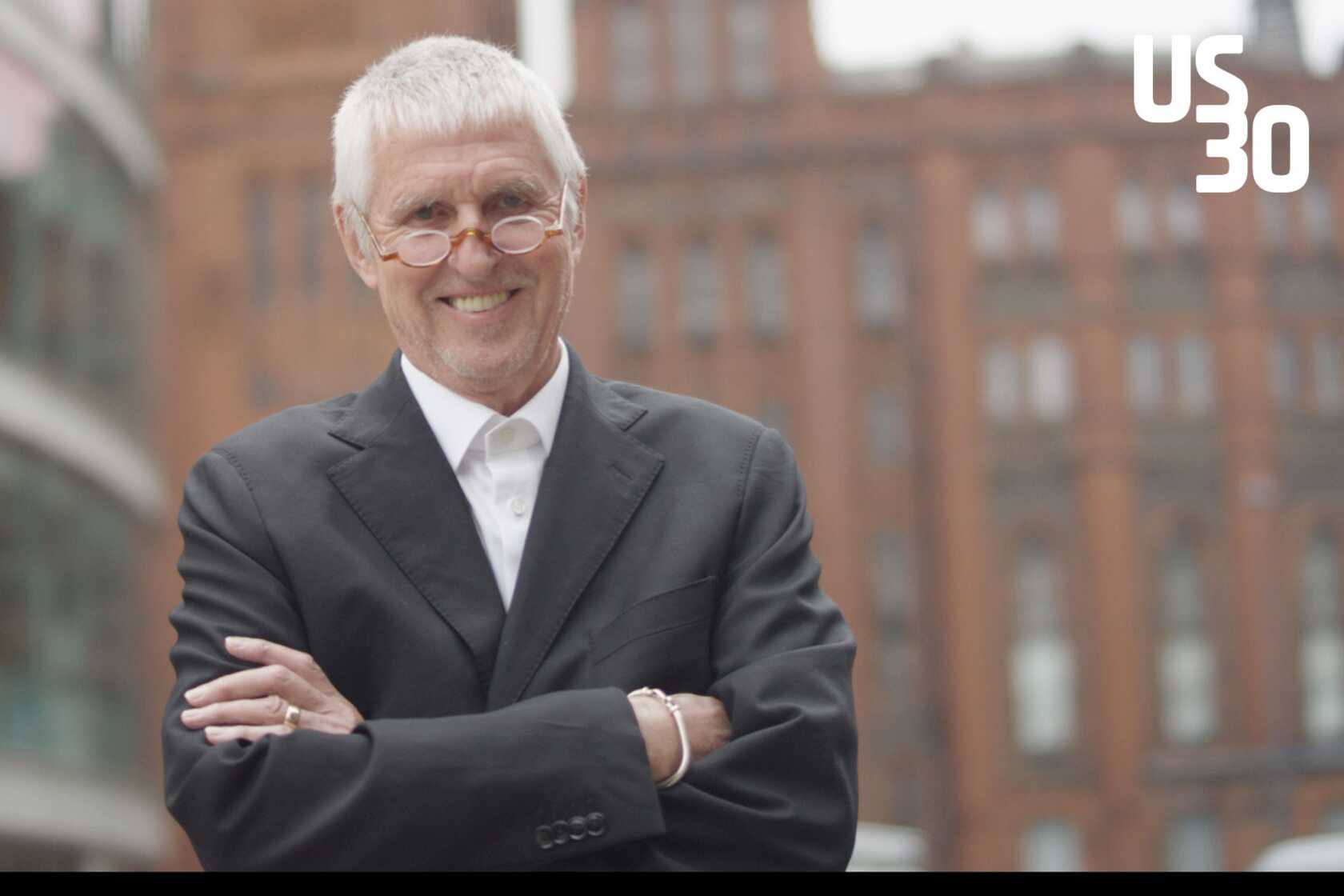
An era of decline
But that was then...
What became of these cities by the 1970s and 80s was heartbreaking. The decimation of traditional industries resulted in severe economic hardship – something compounded by a lack of investment from central government. The result was urban decay, with abandoned factories, crumbling infrastructure, and rising crime rates threatening once thriving urban centres.
By the start of the 1990s, northern cities were written off. There was no market; no desire for city living in amongst crumbling and unloved structures; no appetite for investment – petrodollars were only ever going to end up in London. And as for government funding? A lethargic, longstanding Conservative administration, rising inflation, and fraught macroeconomic situation meant investment in the North was never going to be a priority.
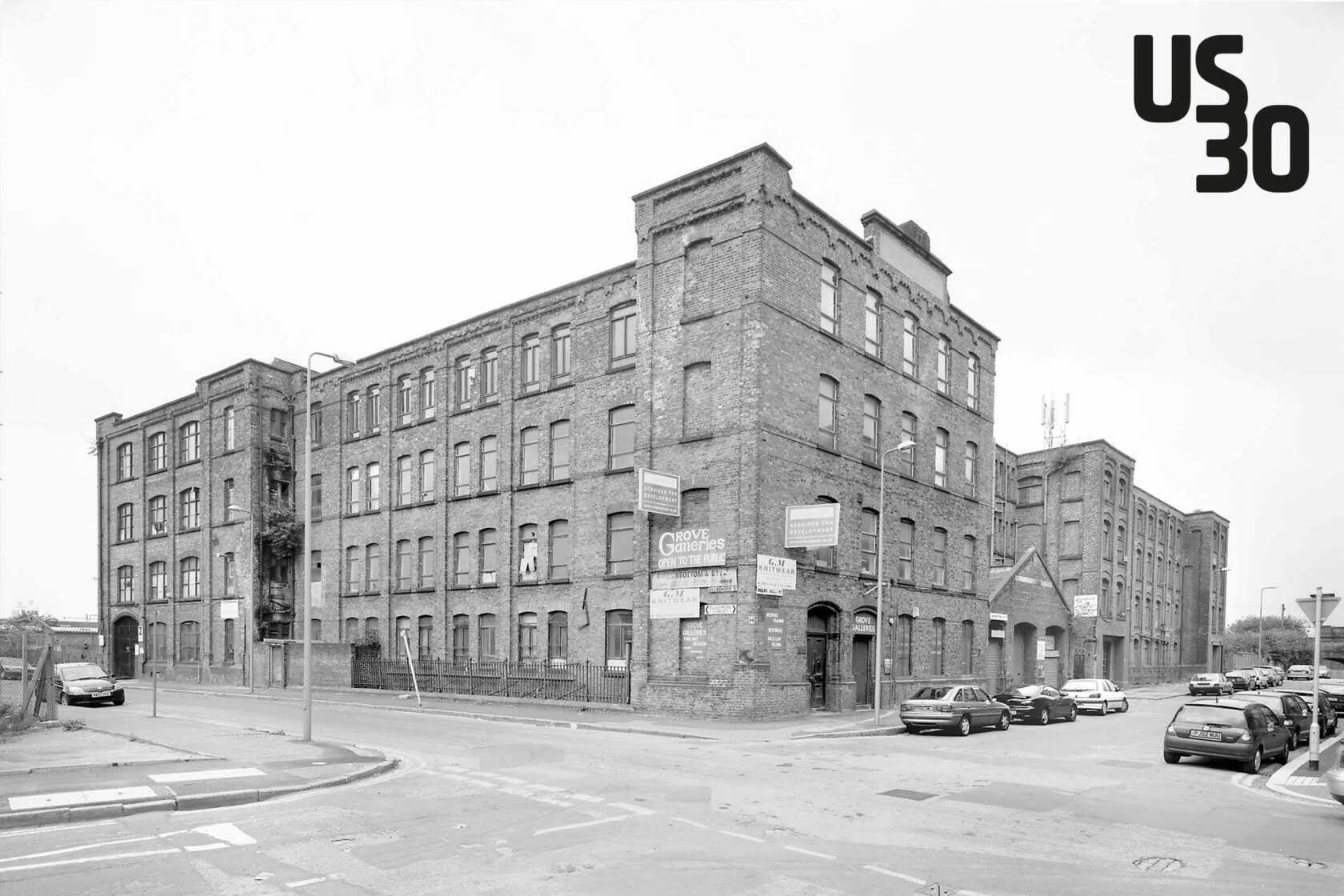
But in walked Tom and Jonathan with their vision for Urban Splash, and an enviable tenacity and ability to do the impossible. These likely lads wanted to grab hold of the North’s architectural marvels and cultural heritage – reigniting the economic prowess once so prominent here.
I remember meeting them in the early 90s; Jonathan, an architect with great vision and incredible design ideas, and Tom – an entrepreneur with a knack for turning those ideas into a reality. They were up against a bleak economic backdrop, with only a handful of cheerleaders supporting their plans. Nonetheless they took a chance and began to challenge the way we saw cities – first in the North, then moving South.
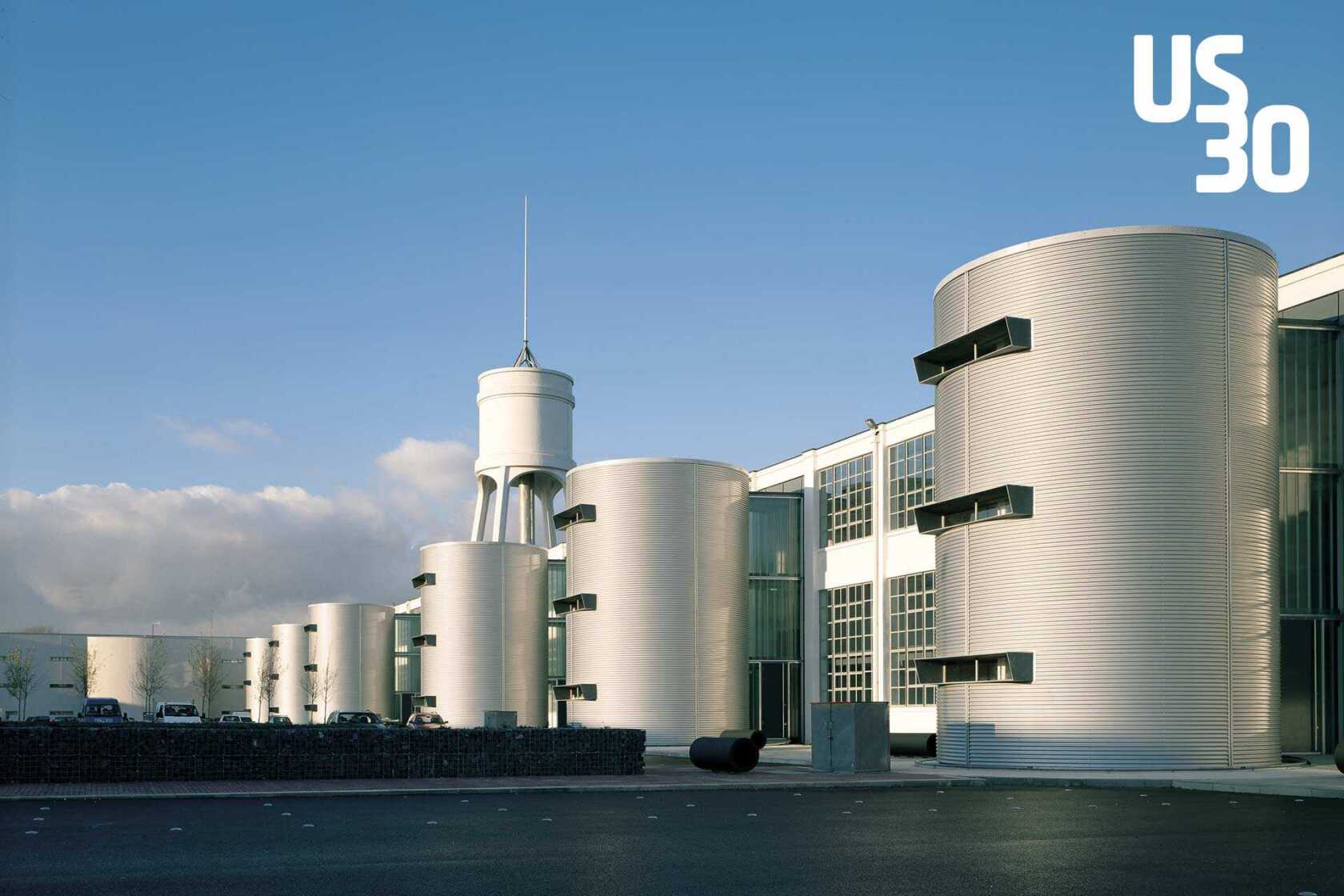
When Urban Splash was formed in 1993, city centres weren’t perceived as the drivers of the economy, and nobody had really seen scale and potential or the tourist visitor economy and culture. It was around this time that I was appointed by the European Commission to write a paper on their economic potential – citing great examples of continental urban centres that had stoked a renaissance. It wasn’t just capital cities; Barcelona, Lille, Malmö, were all great examples of the time – each packed with museums, galleries, urban housing, shops, café culture, and bursting with vibrancy.
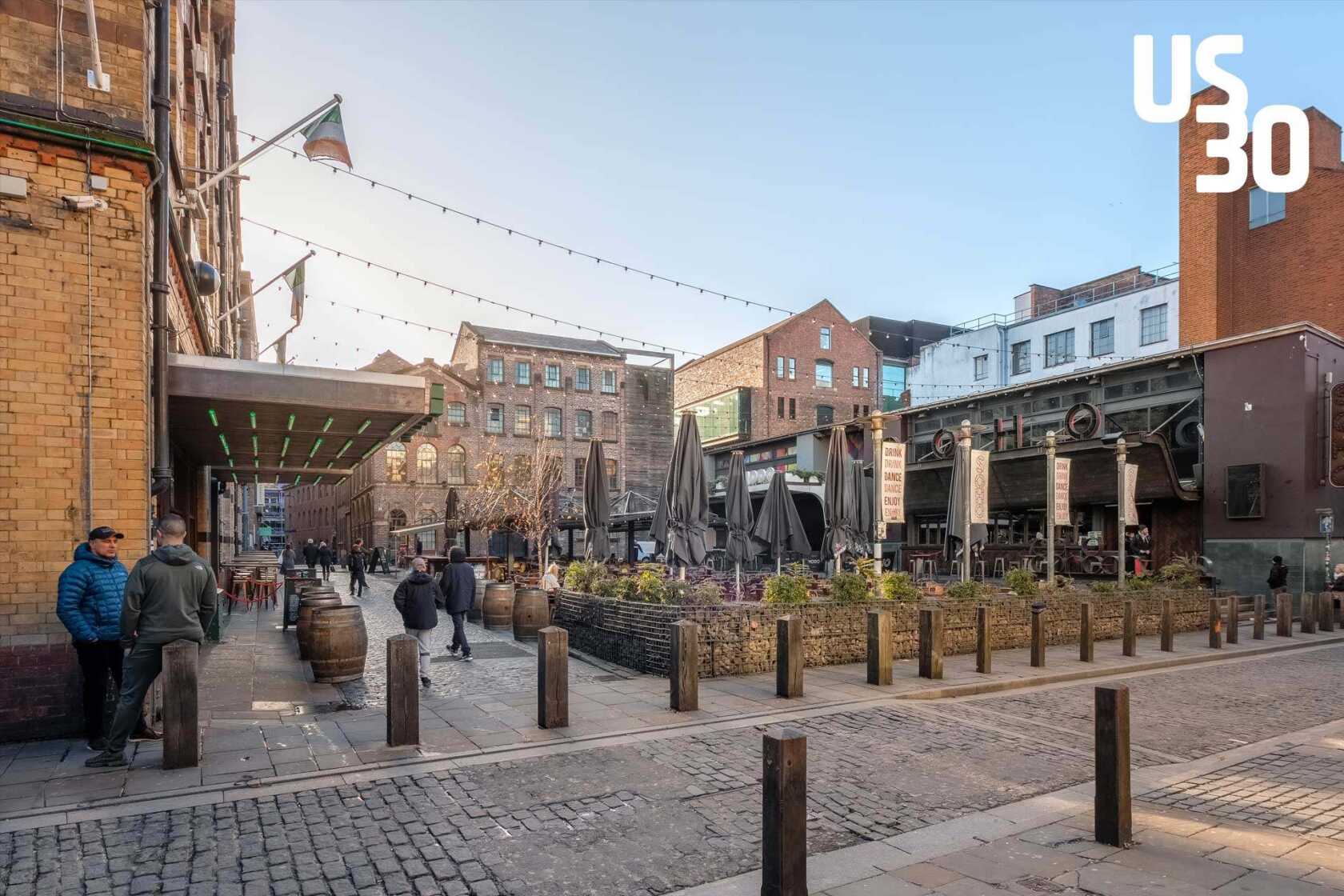
A new era for the North
Exporting that blueprint to northern England? Why that was just a pipedream; until of course Tom and Jonathan got involved…
Working in partnership, they set about their plans. They saw that northern cities were cheap – why wouldn’t they be after decades of decline? While their developments started small, Concert Square, Sally’s Yard, and the like, they fought the consensus and started to put northern cities on the map. They took unloved, disused old structures and gave them new life; they were ridiculed for the notion, but they soon proved the doubters wrong.
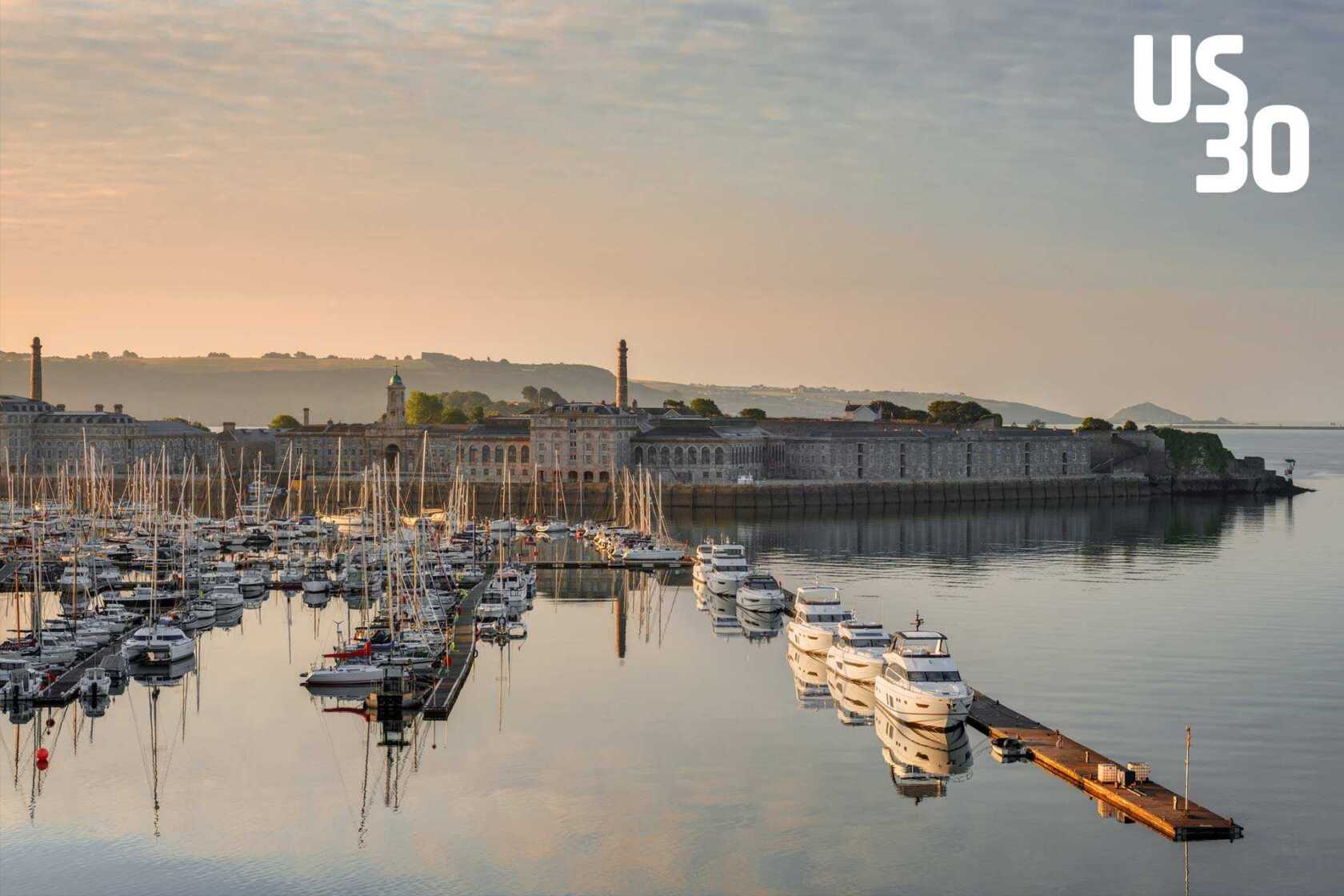
The art of placemaking
They did this by maintaining the connection between the physical, the economic and the cultural. Architecture isn’t just about creating beautiful buildings, it’s about placemaking and using design to appeal to everyone, anchoring new places in which all can live, work and play.
The advent of New Labour in 1997 brought their approach into the mainstream. Investment in the North was back on the table, regional development agencies were formed, urban regeneration became a reality, revitalising run-down areas and improving infrastructure.
Other industries played a part. It was around this time that the aviation industry became more accessible, with Easyjet and Ryanair making air travel more affordable. The impact of this was two-fold; Brits could hop over to Europe with greater ease, opening up a new appetite for café culture, cycling, and great buildings and infrastructure; we liked what we saw and wanted a slice of it on our own shores.

Europeans reciprocated, with new routes allowing them to head over to undiscovered northern cities in the UK; Liverpool, Leeds, Manchester, Newcastle, each renewed thanks to sound regeneration programmes and investment in the arts and creative sectors that made them appealing to overseas tourists. While our stance on flying in 2023 may be changing, it’s hard to overlook its role in the UK and Europe’s urban renaissance over the past few decades. Technology has played its role too; so-called disruptors like Airbnb and Uber making it easier to visit and navigate cities.
Urban Splash contributed to this evolution, defining the zeitgeist, but as we move towards a new future, I do think the company’s biggest challenges are yet to come.
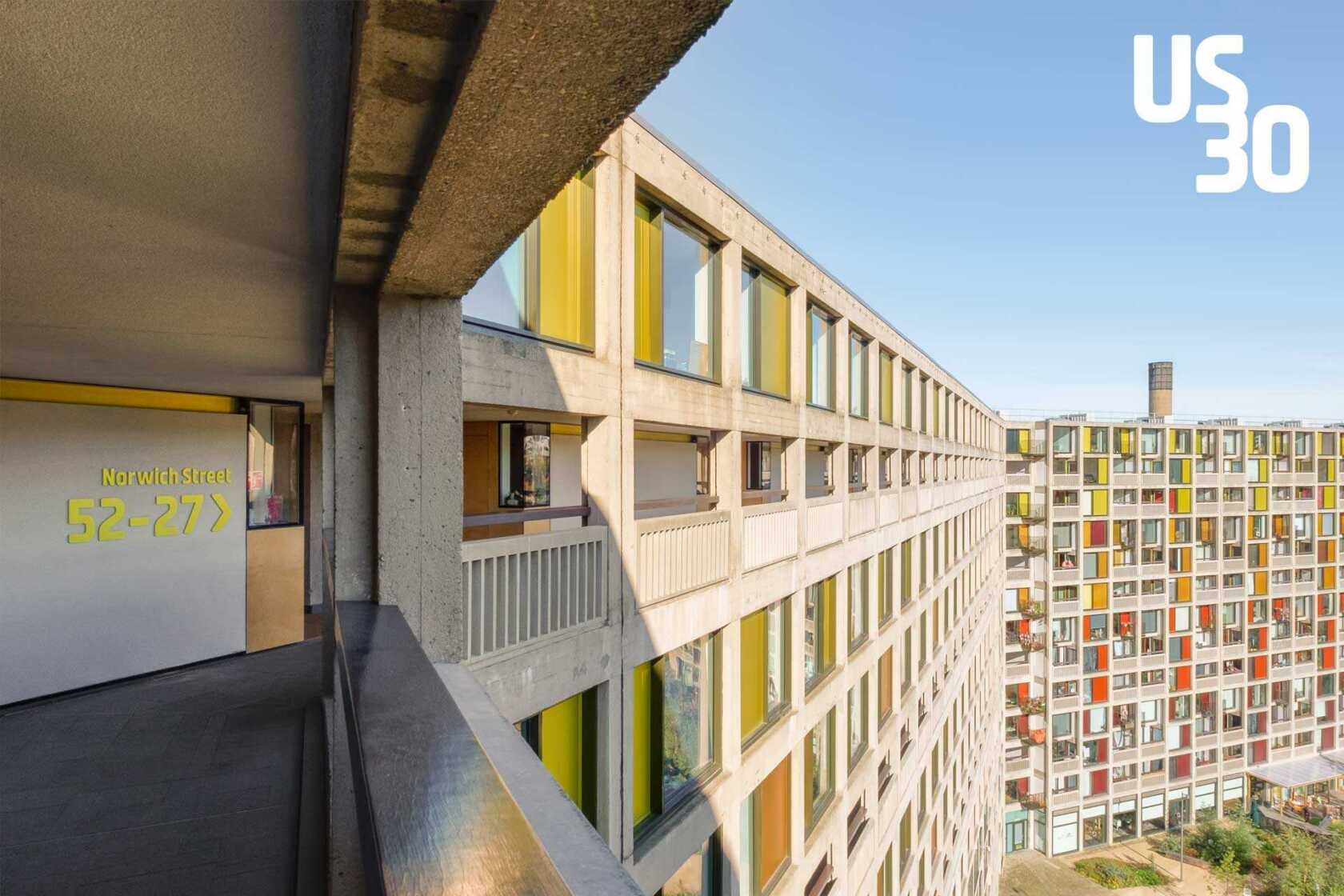
Right now, we’re in a global age of uncertainty. Covid changed the way people want to live, work and shop and that’s going to alter the blueprint of the city; everything’s going to be much more experiential. As for urban homes? Well, there’s an ongoing conversation around converting former commercial buildings to create much-needed homes; safe to say Urban Splash, with its approach to places like Park Hill in Sheffield and Liverpool’s Ropewalks, has a track record in this field.
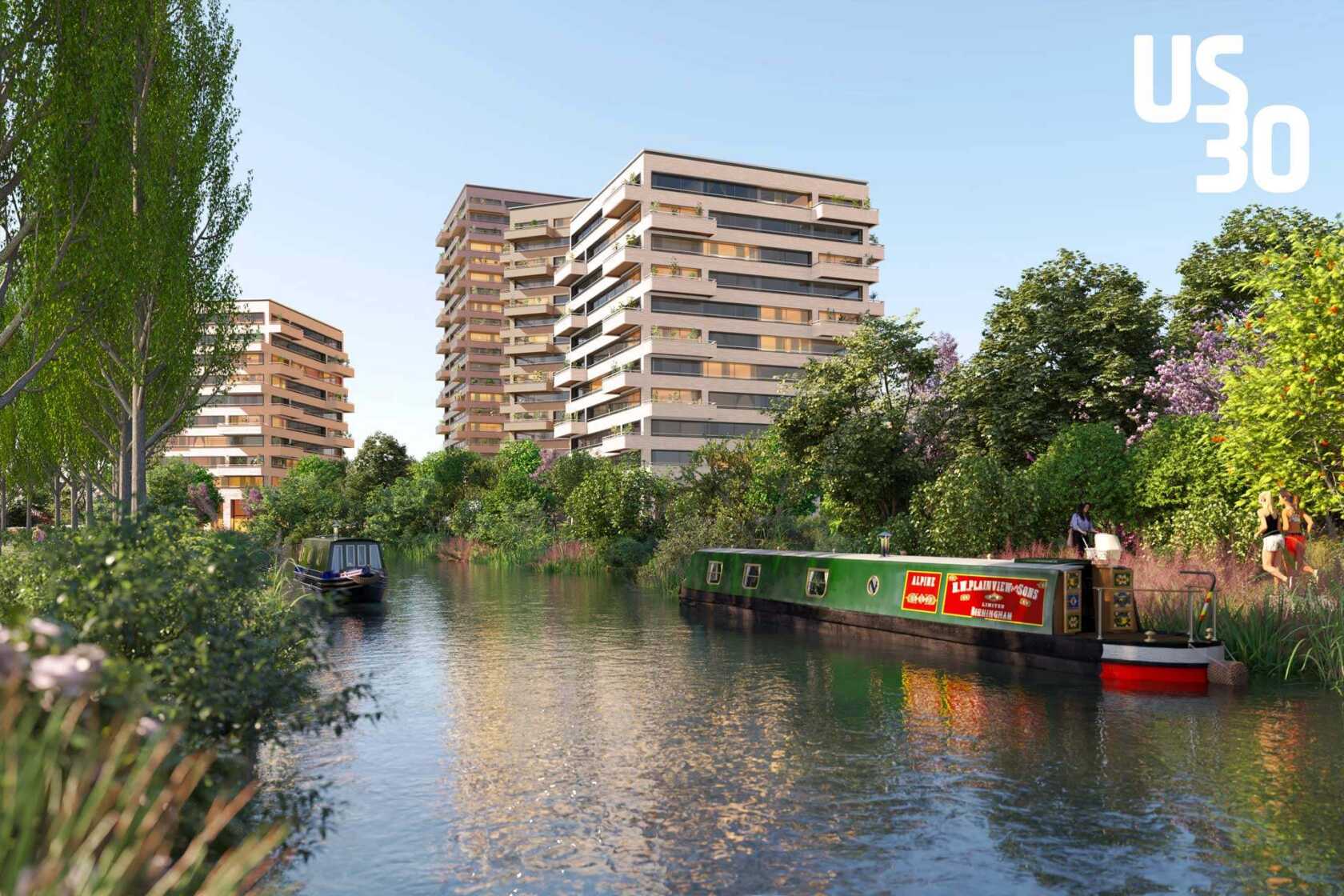
Cities of the future
Ultimately, if we want to grow our northern cities, we must embrace what’s ahead. Developers will design places that accommodate our changing lifestyles as we minimise the impact of climate change, respecting our urban environments; we’ll likely see a change of government in the next 18 months too.
Urban Splash no doubt has plans to tackle these pressing issues – continuing its march to establish well-designed, sustainable urban places. The company’s already ahead of the curve; I don’t know another developer that has a director of future in place, but Urban Splash does – and it’s something that will serve the team well as partners, banks, funders and customers will likely make investment decisions based on green credentials.
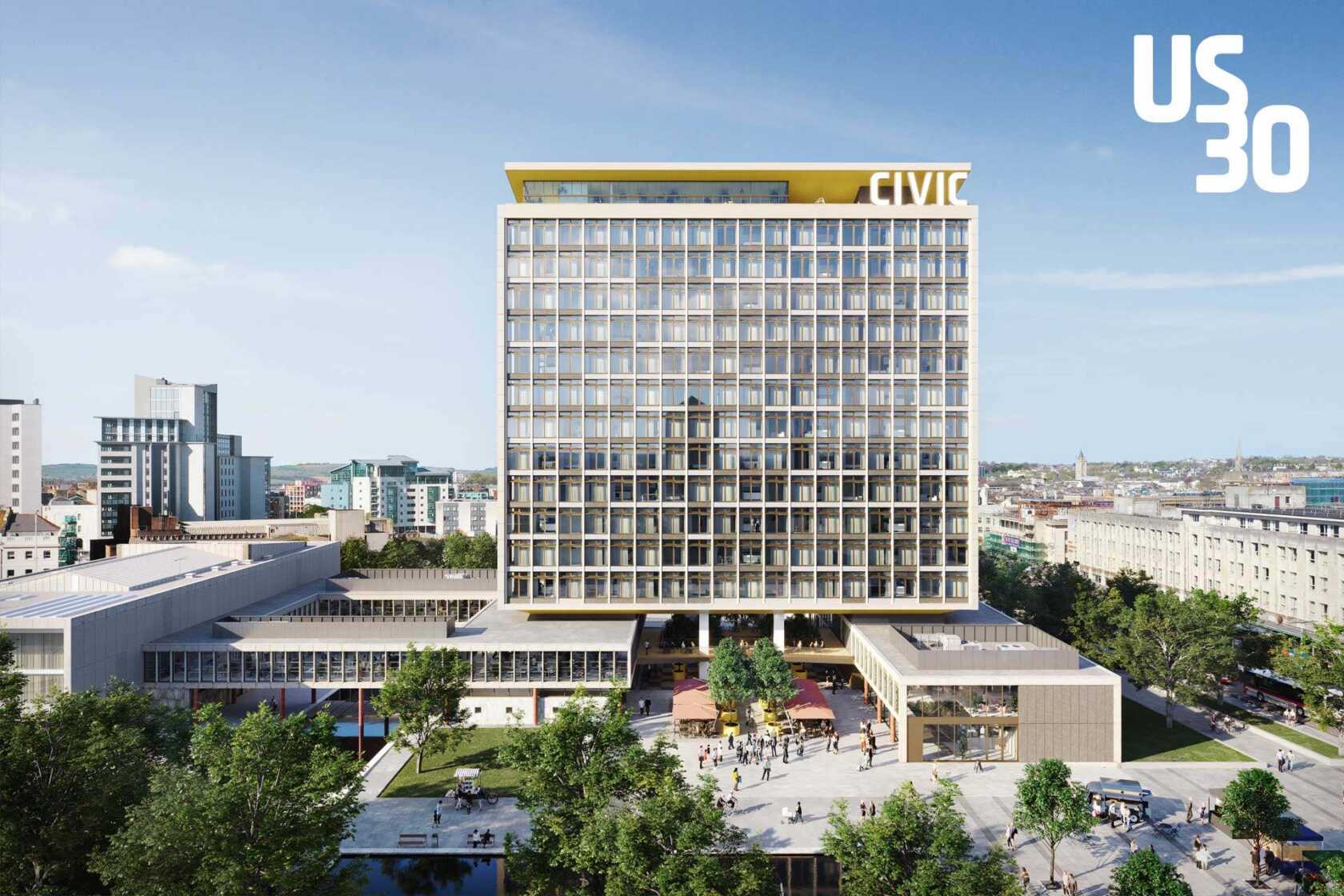
Tom, Jonathan and the whole Urban Splash have proven they can read the signs and trailblaze – especially when it comes to retrofitting and conversions – something that will continue to be important as we look for sustainable solutions.
There is of course a lot outside of the power of property developers; the gulf between the rich and poor is wider now than it was 20 years ago; there’s social injustice, inequality, not to mention a lack of adequate housing, but we can tackle the issues. It’s going to come from collaboration, a government willing to invest, and the audacity of companies like Urban Splash as they boldly go where others won’t.
Time again they’ve been told “It will never work”, but I believe Urban Splash will lead the charge as we create well-designed neighbourhoods that will become internationally renowned examples for a new age.
Urban Splash Newsplash
Want to be kept in the loop about all things Urban Splash as we celebrate 30 years in business? Then sign up for Newsplash!
Our monthly news round-up with the latest and freshest news on property development, place-making, housing, architecture, events and careers sent straight to your inbox.


